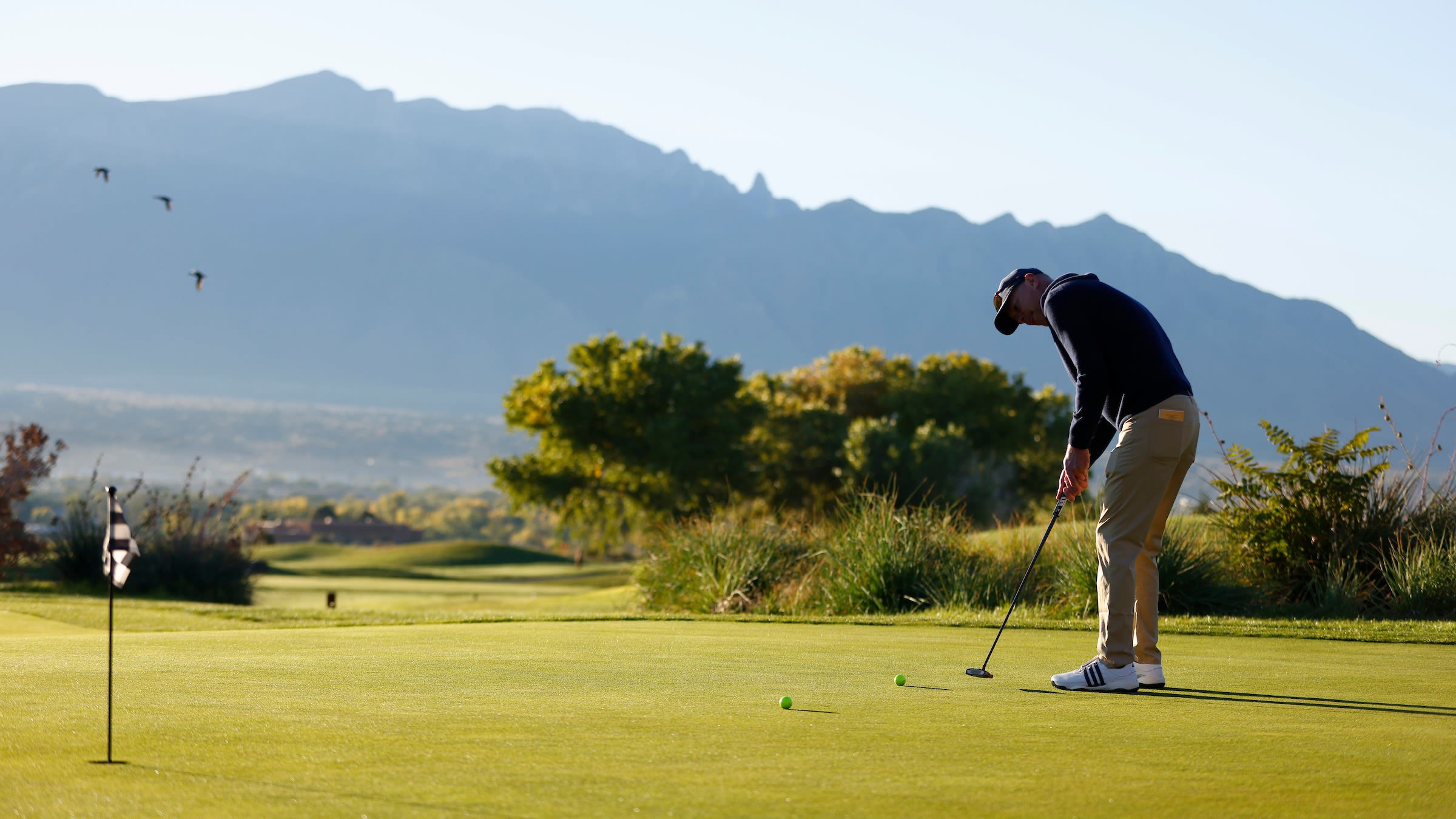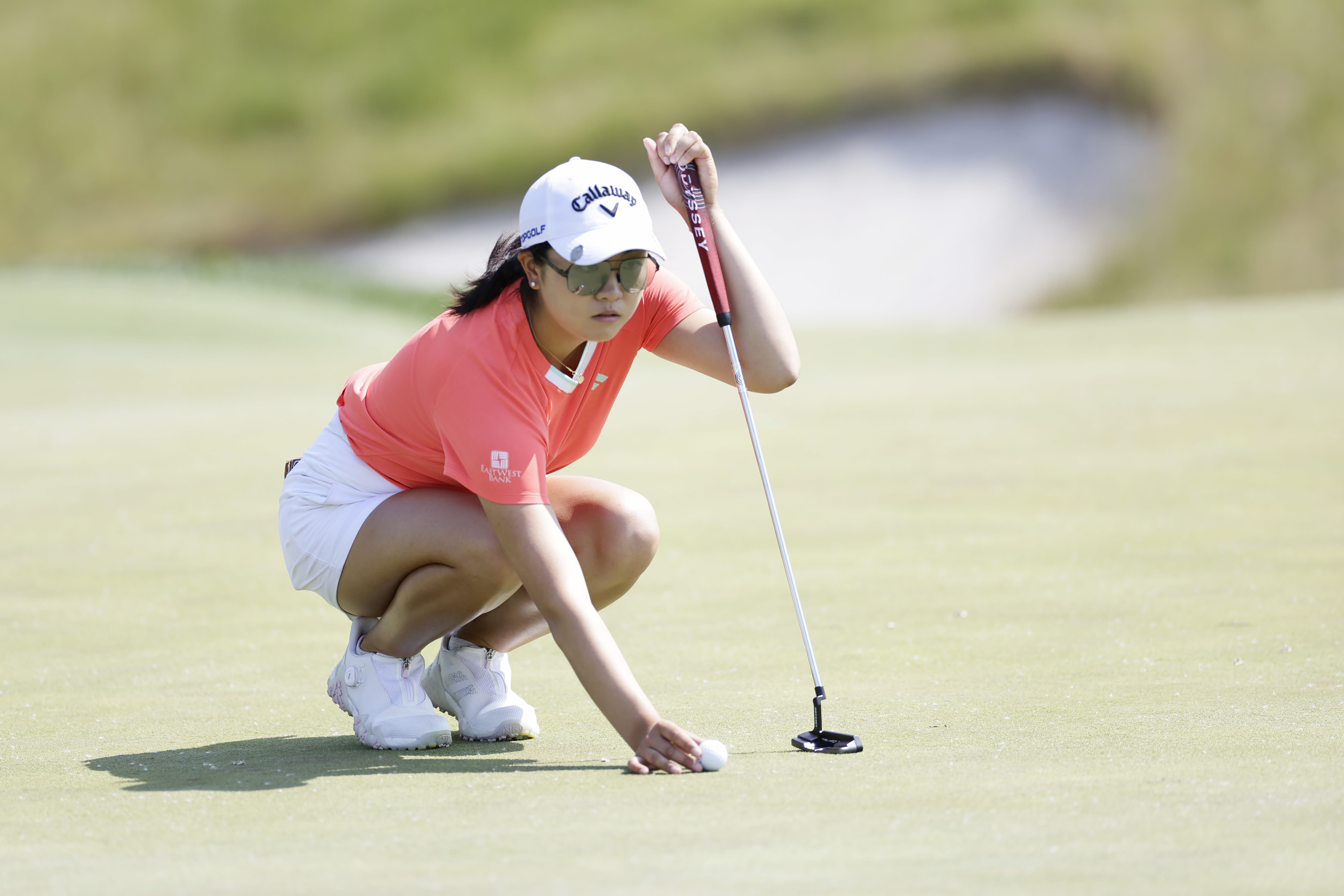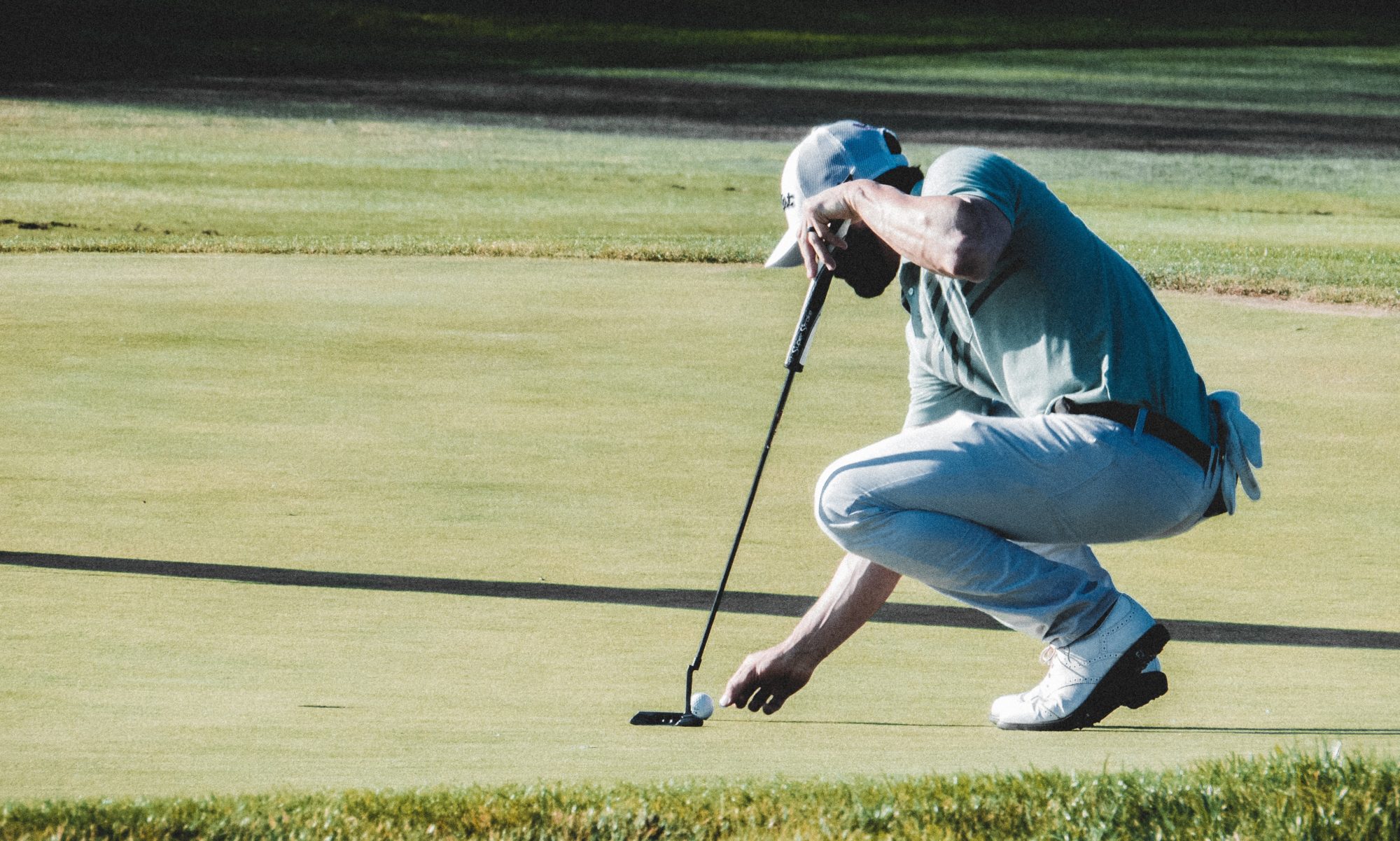QUICK COACHING
Struggling On The Greens? This Putting Drill Can Help Instantly
By Brendon Elliott, PGA
Published on Tuesday, February 20, 2024

Beyond some standard fundamentals, the art of putting is as individual as a fingerprint.
We all have unique factors influencing our approach to putting: our height, body type, tempo at which we walk and talk and, most impactfully, how we see a putt with our eyes all influence what we do with the flat stick, whether we know it or not.
We often force ourselves into a setup position that is too “squared off” or “technically sound” to allow our eyes to see that critical starting spot to roll the ball over just after impact.
Our brain, or subconscious, will actually reroute the putter on the downstroke if it feels that something is “off” visually when you make those last few looks with your eyes down the target line. This will lead to often funky-looking strokes and a potential massive loss of confidence.
If you’ve been experiencing some struggles on the green, not to fear. This drill below can help right away.
Find your spot
- With three golf balls, start with a putt of 6 feet on the practice green.
- Really focus on your putting line. Take a trip around the hole and see the line from all sides.
- Once you are confident on the line, find a point on your line about 4-6 inches past your ball and align the mark on your golf ball to that point. Pro tip: Using your golf ball mark is a critical part to being a good putter!
- As you start to get set up to the ball, make it a point to feel comfortable with what you see with your eyes as you are over the ball. How does the line on the ball look in relation to that intermediate starting point? How does your putter head look with regard to the ball and your intermediate starting point? Adjust your body, line, or even your putter head if it seems off a bit.

- It is critical to get your setup conditions correct in terms of what you see as you are over the ball and not necessarily in a way that feels more “technically sound.” Your eyes and instincts, unique to you, are far more critical in allowing you to roll the ball end over end and over that intermediate spot on your line.
Once you start continuously rolling the ball over that intermediate spot on your line, this drill will allow you to putt with more confidence and think less about how technically sound your putting may be. Technique is essential, but it often handcuffs golfers by not allowing them to stroke the putt freely and confidently!











